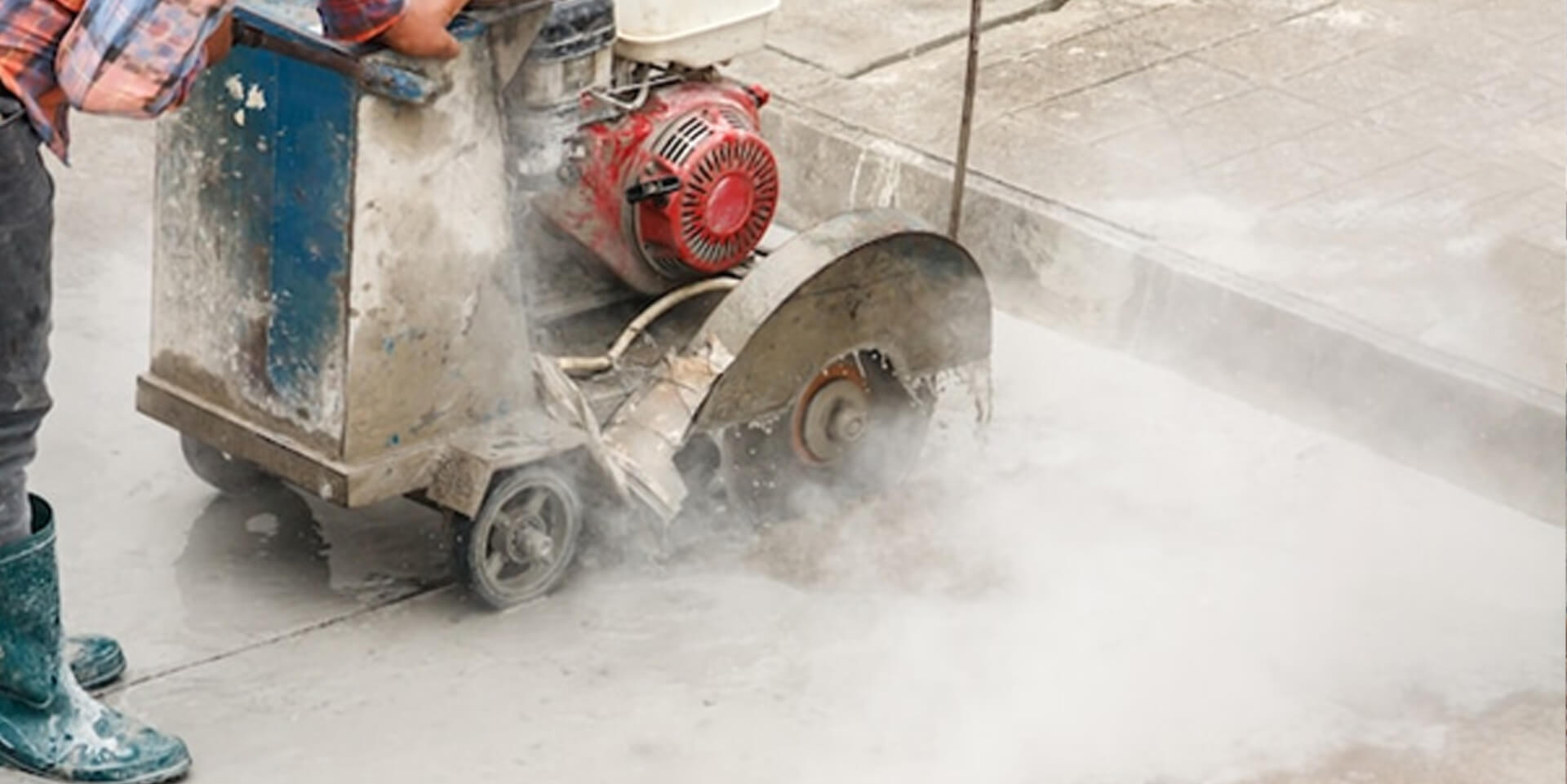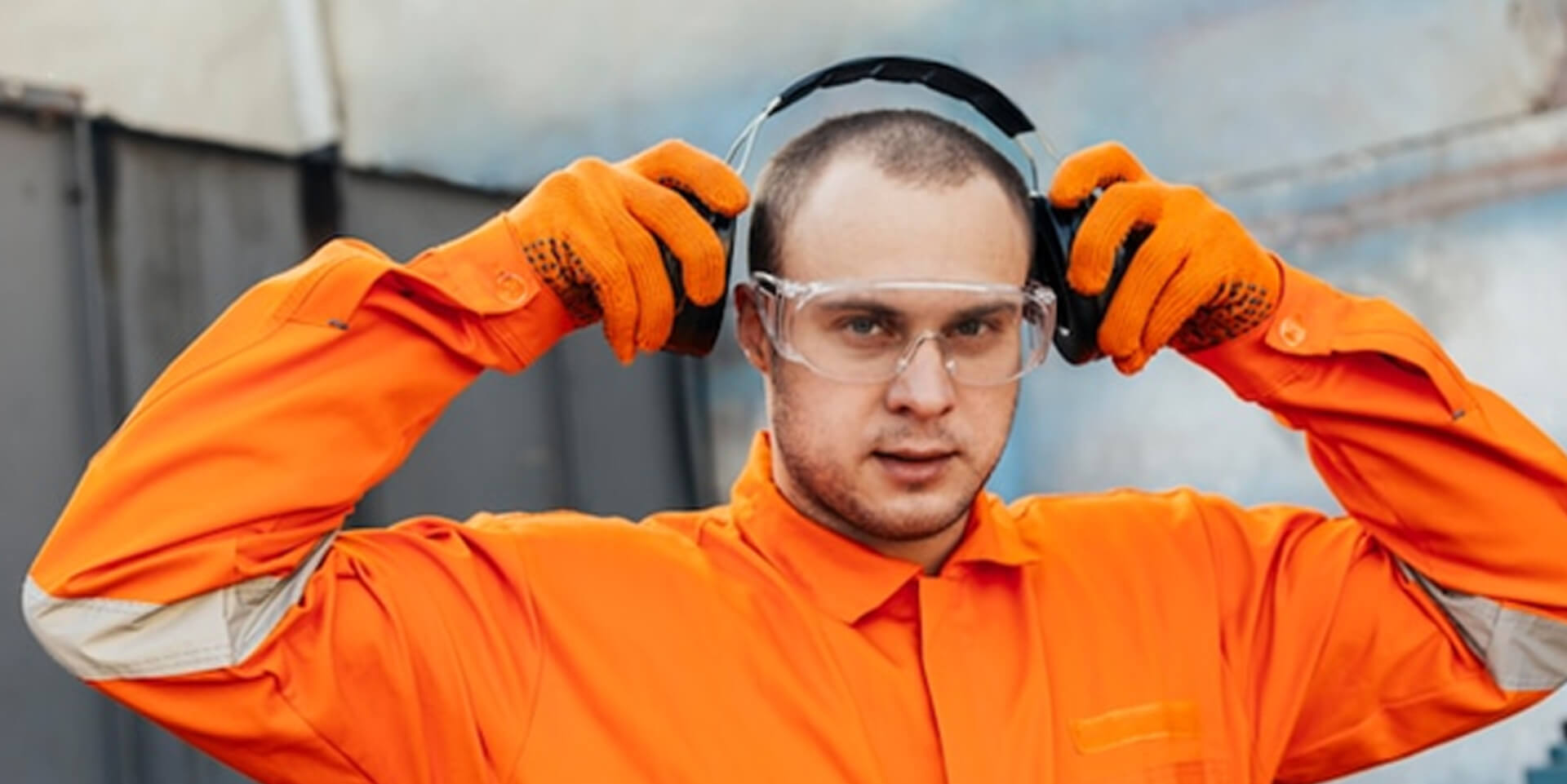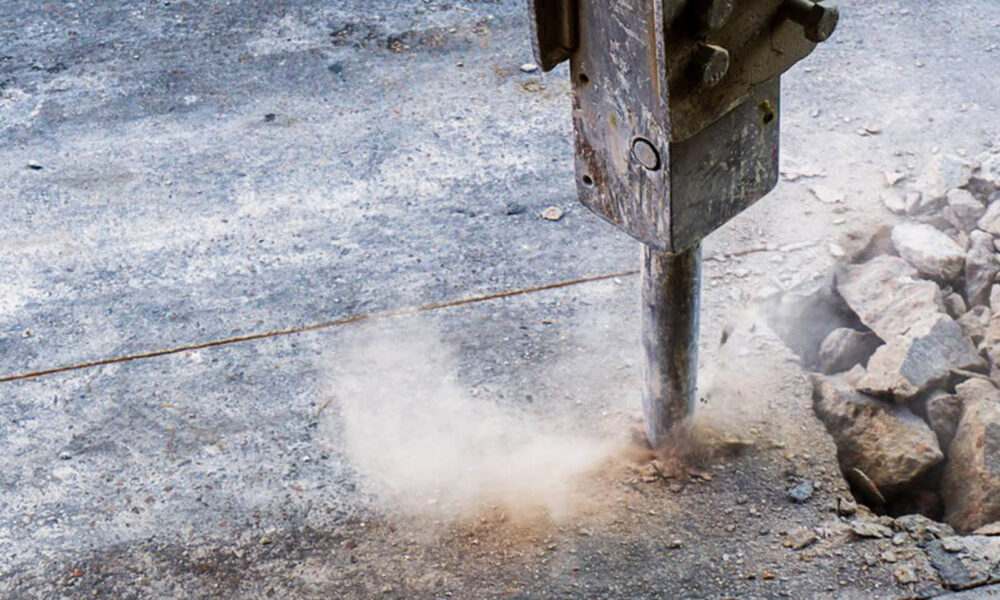
Respirable dust and respirable crystalline silica (RCS) are contaminants of prime concern in many industries like construction, stone benchtops, mining, quarrying, concrete manufacturing and many more. All exposure to respirable dust and RCS must be either eliminated or minimised so far as reasonably practicable.
Exposure to respirable crystalline silica can lead to adverse health effects in workers exposed. Health effects of prolonged high exposure to silica include lung diseases and silicosis. All exposures to RCS must be kept below the Workplace Exposure Standard of 0.05mg per cubic metre of air.
Personal exposure monitoring is the best way to estimate workers’ exposure to RCS. Our qualified hygienists are experienced in carrying out RCS air monitoring. All our workplace air monitoring programmes include visual inspection of work processes and controls being used to minimise exposure.
IOHC can assist your business with respirable crystalline silica monitoring. We also provide silica awareness and respirator fit testing services.
New drug labs are found across Australia each year and the number of drug labs is increasing at a rapid rate. As per one report, Queensland has one of the highest numbers of properties affected by the production of clandestine manufacture in Australia and New South Wales has the highest number of meth consumption in regional Australia. If you are living in the property or suspect that property may have illicit drug contamination, it is very important to get it thoroughly assessed.
Living on a property with drug contamination can cause adverse health effects for the occupants. The most observed health effects include eye and skin issues, headaches, respiratory effects and sleep disturbances. Effects on cognitive function, general health and behaviour are also often observed. Therefore, these properties must be thoroughly cleaned, and clearance testing is carried out.
IOHC occupational hygienists are experienced in carrying out clandestine drug lab assessments, preparing the restoration scope of works and carrying out clearance tests. IOHC drug lab assessments include drug residue testing, and air quality checking for VOCs and other chemicals. Visual inspection of all affected areas and comprehensive reporting with recommendations.
Diesel particulate Matter (DPM) is part of diesel exhaust, and exposure to DPM can cause adverse health effects in workers. Short-term exposure can cause headaches, dizziness, and irritation to the eyes, nose and throat. Prolonged exposure to DPM can increase the risk of cardiovascular and respiratory disease and lung cancer. It is important that the environmental concentration of DPM and workers’ personal exposure to DPM are evaluated where diesel emissions are present in the work area.
Workers who work in enclosed or semi-enclosed areas with diesel machinery working around them are most at risk. IOHC occupational hygiene consulting can provide air monitoring and personal exposure monitoring services for DPM and other airborne contaminants. Please contact our friendly team for any questions or quote.

Many workers are exposed to welding fumes during welding and fabrication processes. Welding fumes are group 1 carcinogens, prolonged repeated exposure to welding fumes can cause many adverse health effects in workers including metal fume fever, stomach ulcers, kidney damage, central nervous system damage and cancer.
PCBU must organise exposure assessment to estimate workers; exposure to welding fumes and all exposures must be reduced so far as reasonably practicable. The assessment should also include workers’ exposure to other metals in the welding fumes. The current time-weighted average (TWA) workplace exposure standard (WES)for welding fumes (not otherwise classified) is 5 mg/m3, AIOH recommends that all exposures should be kept below 1 mg/m3 measured as an inhalable fraction.
IOHC occupational hygienists are experienced in carrying out welding fumes assessment, our comprehensive assessments include air monitoring for welding fumes and other metals, visual inspection of all work areas, checking current controls being used and recommendations for future improvement based on the workers’ exposures.
Need More Information, Download Welding Processes Code of Practice
Download Now
There are nearly 4500 occupational hearing loss claims in Australia each year, lack of awareness about noise hazards and poor compliance with hearing protection is the main reason for this. PCBU must carry out noise surveys for work areas and noise exposure assessments for workers to estimate their noise exposure and implement controls to protect their hearing.
Exposure to high noise can lead to many adverse health effects including noise-induced hearing loss, temporary threshold shift, tinnitus, and acoustic trauma. Non-auditory health effects of noise include sleep disturbances, a decline in cognitive performance, annoyance, and daytime sleepiness. Daytime sleepiness can also lead to other safety hazards in the workplace.
IOHC occupational hygienists can assist businesses by carrying out area surveys to establish noise levels in different work areas, which can be used to implement noise control procedures. IOHC also provides personal noise exposure assessment using noise dosimeters to estimate workers’ personal noise exposure. We also visually inspect work processes to identify ototoxins that workers may be exposed to during work processes. IOHC can also provide workers with training and hearing protection fit testing services to increase compliance with the hearing protection programme.

Working in a hot climate can cause heat-related illnesses in workers. Heat stress, heat exhaustion, dehydration, heat syncope and prickly heat are some of the health effects caused by working in hot environments. PCBU has a responsibility to assess all the risks to the health and safety of workers and implement controls to reduce them so far as reasonably practicable.
The core body temperature of workers working in a hot environment can exceed the normal temperature of 37°C. It is therefore important to carry out our heat stress assessment for workers and tasks that needs to be performed in hot environments and implement controls to protect workers’ health. Some of the factors that affect the net heat load on the body are environmental parameters, metabolic work rate, clothing and hydration status.
There are many different heat stress indices for carrying out heat stress assessments, Wet bulb globe temperature (WBGT), heat stress index (HSI), thermal work limit (TWL), and predicted heat strain (PHS) are some of the most used indices. IOHC has experienced hygienists who can carry out heat stress assessments for your workplace and recommend controls required to prevent heat-induced illness in workers.
IOHC can carry out occupational health risk assessments for workplaces. Occupational Health risk assessment helps PCBUs identify all health risks present in the workplace. Our services include document review, a walk-through survey to identify hazards and exposures, establish the level of risk by occupational hygiene monitoring, and recommend suitable controls. Occupational Health Risk Assessment is an ideal way to identify all health hazards present in the workplace. The risk assessment is also used to develop an occupational hygiene monitoring program to monitor and measure workplace exposures to health hazards.
Our qualified consultant often performs spot checks for dust, VOCs and noise levels during the walk-through survey to identify high-exposure areas or tasks posing risk to workers’ health and safety. The outcome of the survey is then used to carry out exposure risk assessment and control recommendations.
Occupational health risk assessment enables PCBU to identify all hazards and implement controls to protect workers from risks.
Do you have Questions?
Call our office, our qualified hygienists are here to help.
